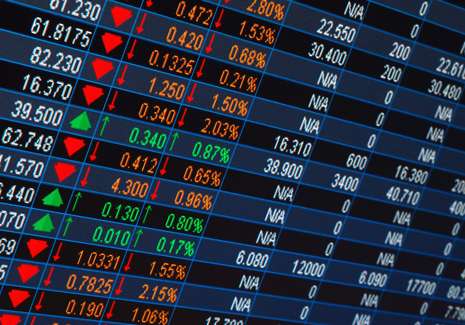The Shanghai Composite Index .SSEC retreated 2.8 percent, extending Tuesday`s 6 percent slide, amid growing worries that the government could be scaling back its rescue efforts. [.SS]
"Market confidence was hit the most by signs that the `national team` is starting to retreat," Zhou Lin, analyst at Huatai Securities said, referring to government funds that bought stocks in early summer to halt a market rout.
China`s securities regulator said late last week that the market had normalized and the government would allow market forces to play a bigger role in determining stock prices.
Japan`s Nikkei .N225 fell 1.5 percent and South Korea`s Kospi .KS11 lost 1.3 percent.
"Investors care about these two things - China`s economy and the timing of a U.S. rate hike. These two concerns dominate their minds now," said Masaru Hamasaki, head of market & investment information department at Amundi Japan.
MSCI`s broadest index of Asia-Pacific shares outside Japan .MIAPJ0000PUS slid to a two-year low and was last down 0.3 percent. Australian stocks bucked the trend and climbed 1.3 percent.
The yuan, which tanked last week after China`s shock devaluation but has shown signs of stabilizing after Beijing later worked to arrest its fall, has begun to feel the tremors from sliding Chinese equities.
Spot yuan CNY=CFXS was changing hands at 6.3993 per dollar, slightly weaker than Tuesday`s close of 6.3938.
"We think yesterday`s stock market crash (in China) reinforced yuan depreciation sentiment, which will encourage more capital outflows, necessitating more open market operations and ultimately a reserve requirement ratio cut in the current quarter," strategists at ING wrote.
The specter of a slowdown in China`s economic growth and a U.S. interest rate hike have hit asset markets in emerging economies hardest.
MSCI`s emerging market index .MSCIEF fell to its lowest level since October 2011. It has dropped more than 20 percent from the year`s peak hit in April.
Concerns about slowing demand from China for commodities also hit copper prices CMCU3, which slid to a six-year low of $4,983 a tonne, breaking the psychological $5,000 level. It last stood at $5,012.00 a tonne.
That in turn knocked copper exporters, with the Chilean peso sinking to 12-year lows CLP=.
Ripples were also felt in other emerging currencies following China`s surprise move to weaken the yuan last week. Vietnam widened the dollar/dong VND=VN trading band to 3 percent from 2 percent, the second move in a week, in an effort to protect its exports.
A number of emerging market currencies, meanwhile, are facing capital outflows as investors shift funds to the dollar, on which interest rates look set to rise.
U.S. housing starts rose to a near eight-year high in July as builders ramped up construction of single-family homes, supporting the case for a rate hike.
Many investors and economists see the Fed as most likely to make its first hike in nearly a decade next month as the labor market continues to improve.
The minutes of the Federal Reserve`s July meeting due later on Wednesday will be scrutinized with extra care for any new clues on the Fed`s likely timing.
The prospects of higher rates supported the dollar against most other currencies. The euro traded at $1.1052 EUR=, having hit a one-week low of $1.1016 on Tuesday.
Oil resumed falling after a brief bounce on Tuesday. Prospects of demand from the United States weakening during the upcoming autumn and a slowdown in Asia`s leading economies have weighed on the commodity. [O/R]
U.S. crude futures CLc1 were down 0.6 percent at $42.38 per barrel, edging back towards a 6-1/2-year low of $41.35 struck on Friday. Brent crude LCOc1 was down 0.5 percent at $48.56 a barrel and in reach of 6-1/2-month troughs.
(Additional reporting by Samuel Shen and Pete Sweeney in Shanghai, Ayai Tomisawa in Tokyo; Editing by Eric Meijer and Jacqueline Wong)
More about:
















































